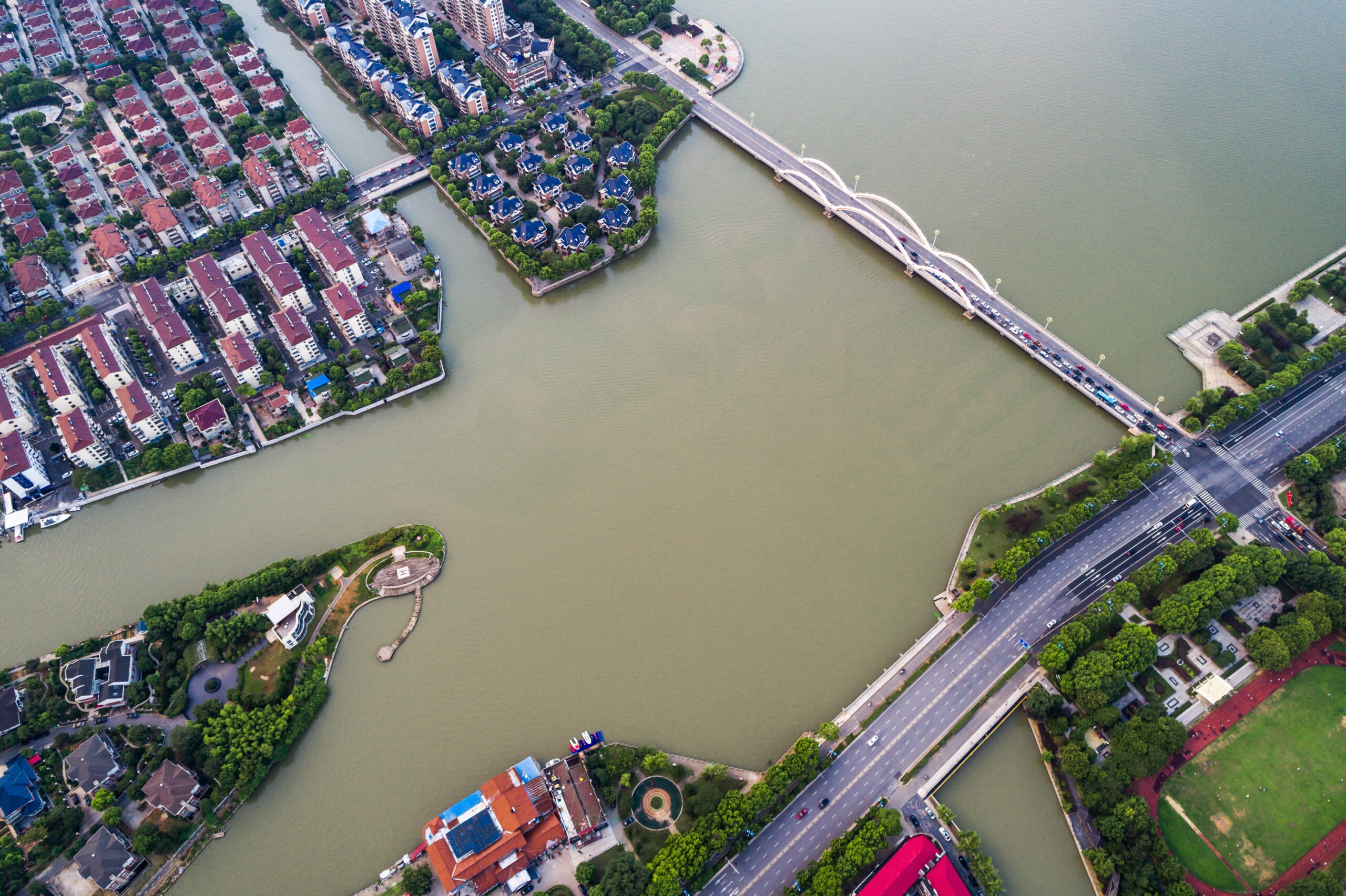In recent months, china flooding has escalated into one of the most alarming climate-related crises in the world. What began as seasonal rains has now transformed into a full-scale emergency, displacing millions and raising global concern. From washed-out villages to bursting dams, the situation is evolving rapidly, leaving both citizens and the global community scrambling for answers.
Below, we explore the cause, impact, and deeper meaning behind the china flooding catastrophe and why it’s far from over.
🌧️ What Triggered the China Flooding Crisis?
An Overwhelming Monsoon Season
China typically experiences heavy summer rainfall, but this year, precipitation levels broke historical records. In some provinces, more than 300 mm (11.8 inches) of rain fell in just 24 hours. These intense weather events have been fueled by climate change, which experts say is increasing the frequency and severity of such disasters.
According to the World Meteorological Organization, extreme rainfall linked to global warming has made regions like China especially vulnerable.
Geography and Infrastructure
China’s vast river systems especially the Yangtze River and Yellow River are critical lifelines. But in recent weeks, they’ve turned into destructive forces due to overflow. Aging infrastructure, unregulated urbanization, and dam mismanagement have also contributed to the disaster.
🌊 How Bad Is the Damage from the China Flooding?
| Category | Details |
| Provinces Affected |
Over 12, including Hunan, Sichuan, and Hebei
|
| Displaced Residents | More than 2 million people |
| Fatalities Reported | Over 300 and rising |
| Economic Loss | Estimated $15 billion+ USD |
| Infrastructure Impact |
Roads, bridges, power grids severely damaged
|
Thousands of villages have been cut off from aid, while crops and livestock have been destroyed. China flooding has also put extreme pressure on emergency services and healthcare providers, particularly in hard-hit rural areas.
🚨 The Human Cost: Stories from the Ground
Videos circulating on Chinese social media platforms show heartbreaking scenes: families clinging to rooftops, elderly citizens carried on makeshift rafts, and entire towns underwater.
One resident in Henan province said:
“We had no warning. In one night, the streets became rivers. We lost everything.”
These personal accounts make the reality of china flooding much more than just a statistic they’re stories of survival, trauma, and urgent need.
🏛️ How the Government Is Responding
The Chinese government has mobilized over 100,000 troops and relief workers. Emergency shelters, food rations, and rescue helicopters have been deployed in major zones. However, critics argue that the early warning systems failed, and response efforts were too slow in some regions.
According to a report by Reuters, China’s meteorological authority has now upgraded its warning systems to try and prevent similar crises in the future.
🌍 Why the China Flooding Matters Globally
The ripple effects of china flooding are being felt far beyond its borders:
-
Supply Chain Disruptions: China is a global manufacturing hub. Floods have shuttered factories and transportation routes, impacting international trade.
-
Food Security: The loss of crops threatens both local and global food prices.
-
Climate Wake-Up Call: As climate-related disasters become more common, the world is being forced to adapt or face worsening consequences.
📉 Is This Just the Beginning?
Experts fear that china flooding is not a one-time event but part of a larger pattern of climate instability. With glaciers melting faster and oceans warming, the conditions that caused this crisis are likely to worsen unless serious measures are taken.
Future Predictions
-
More frequent extreme rainstorms
-
Heavier strain on existing dam systems
-
Rising insurance and rebuilding costs
-
Greater migration from flood-prone areas
❓ Frequently Asked Questions (FAQs)
Q1: Which areas are most affected by china flooding?
A: Provinces such as Henan, Sichuan, Hunan, and Hebei have experienced the most severe impacts, including urban flooding and river overflows.
Q2: Is china flooding linked to climate change?
A: Yes. According to global meteorological data, increased greenhouse gas emissions have intensified rainfall patterns, making such floods more common.
✅ What Can Be Done Moving Forward?
China is taking some proactive steps, including:
-
Building smarter drainage systems in urban areas
-
Updating early warning technology
-
Restricting construction in high-risk flood zones
-
Strengthening cooperation with international climate research groups
But the lesson from this disaster is clear: climate resilience must become a top priority not just for China, but for every country vulnerable to environmental change.
🔚 Final Thoughts
The china flooding crisis of 2025 stands as a stark reminder of how quickly nature can upend lives. From overwhelming rainfalls to widespread devastation, the situation continues to evolve, demanding fast action, compassion, and global awareness.
As we move forward, one thing is certain: china flooding is not just a local problem it’s a global wake-up call.





Leave a Reply